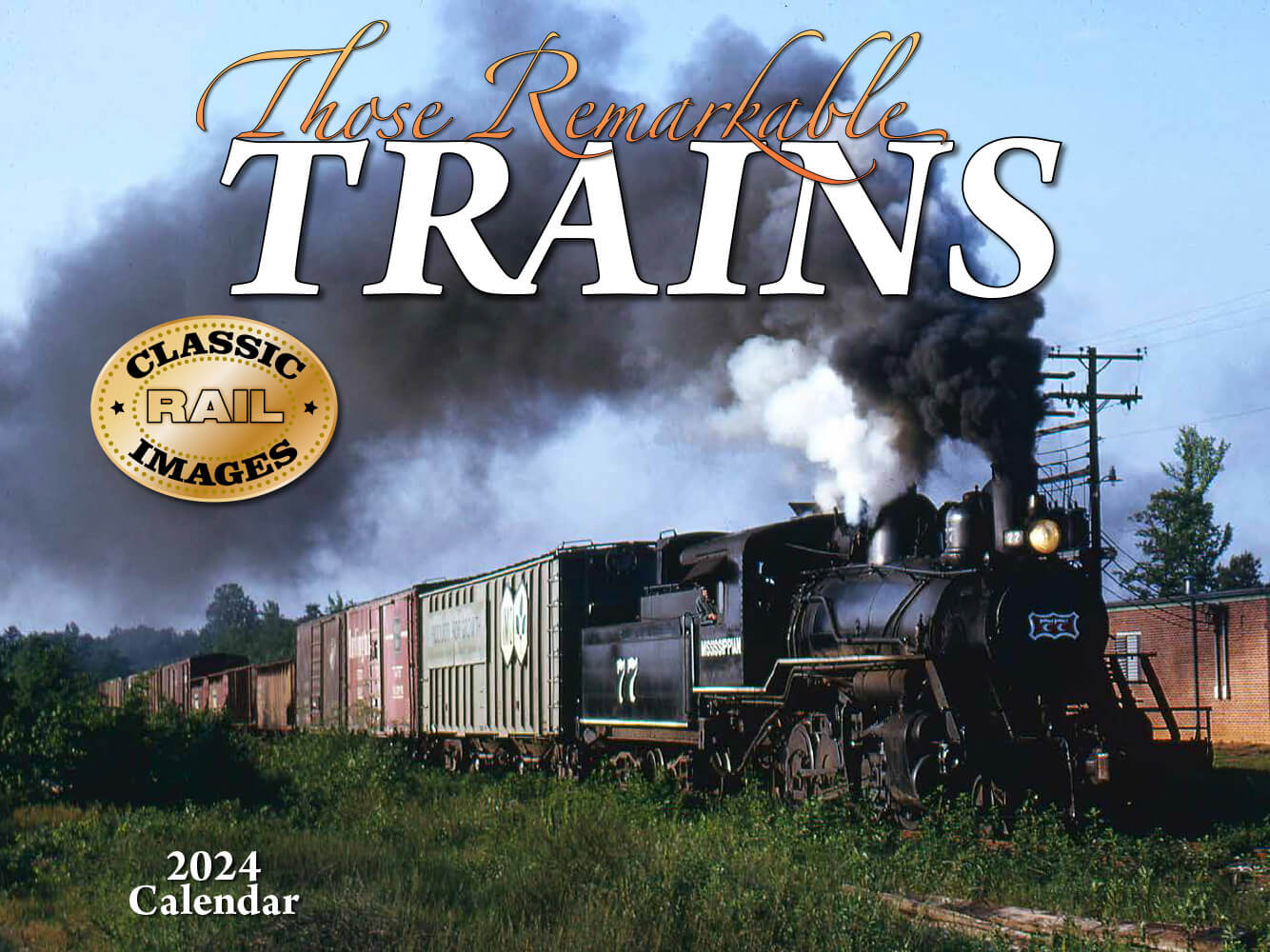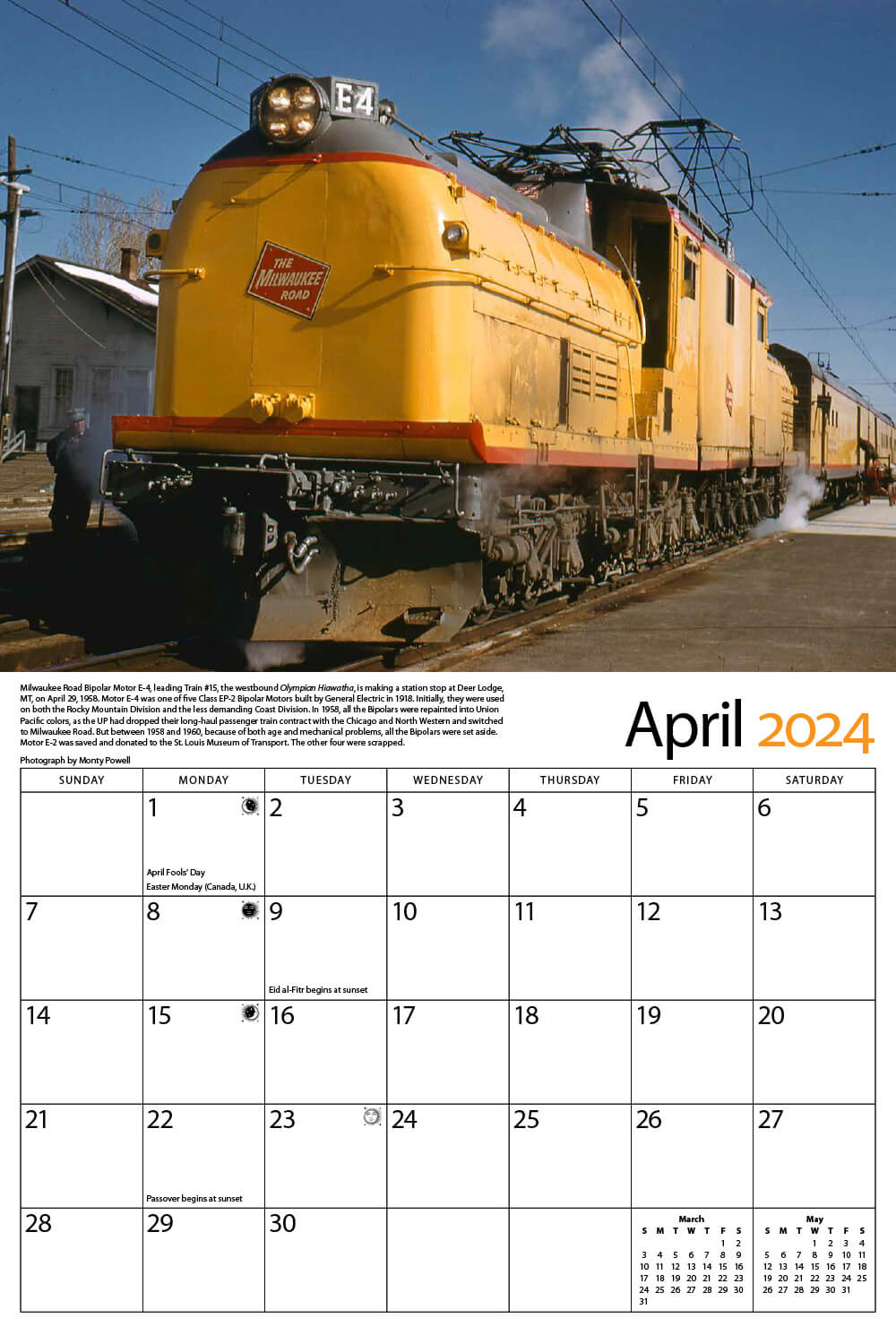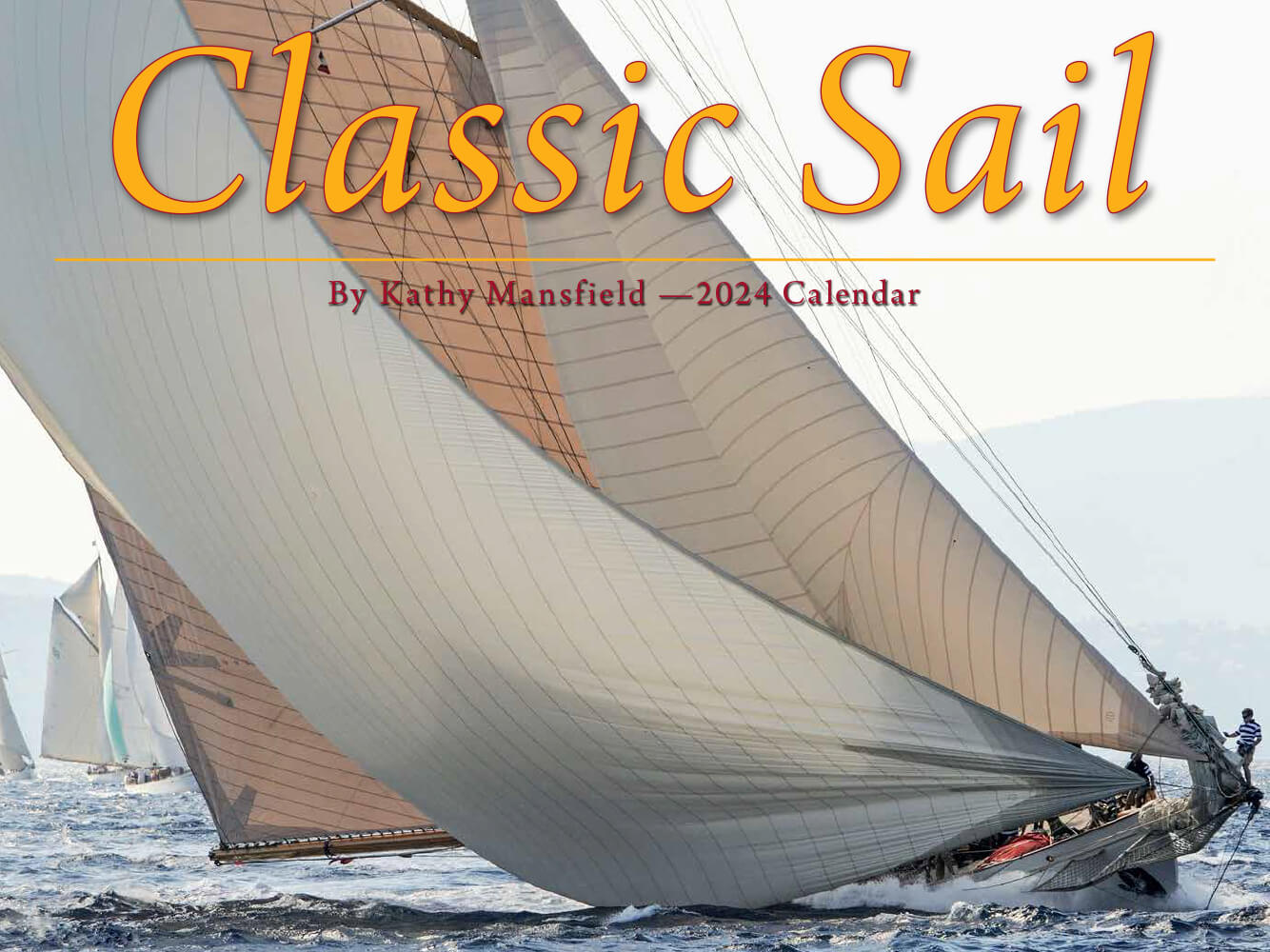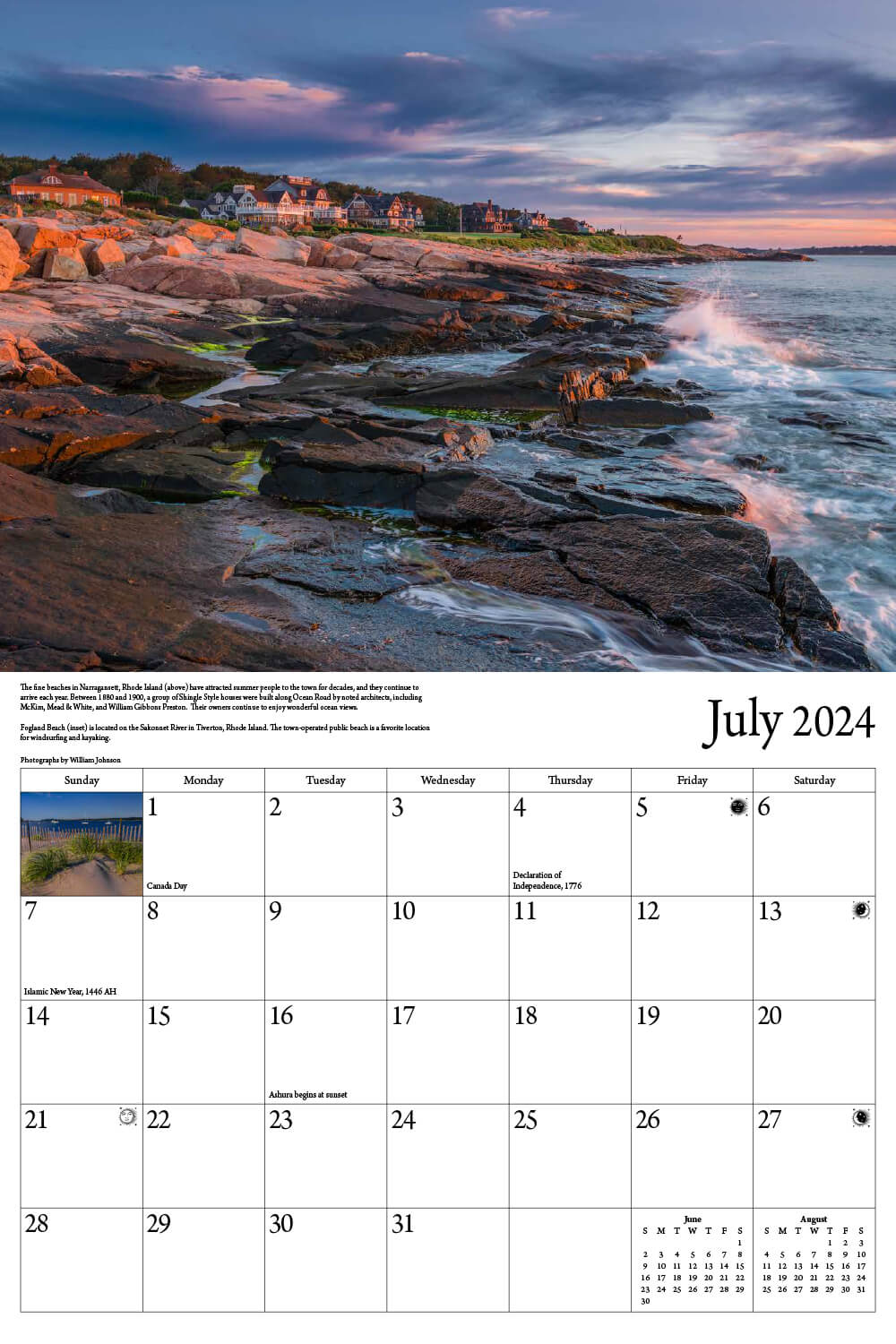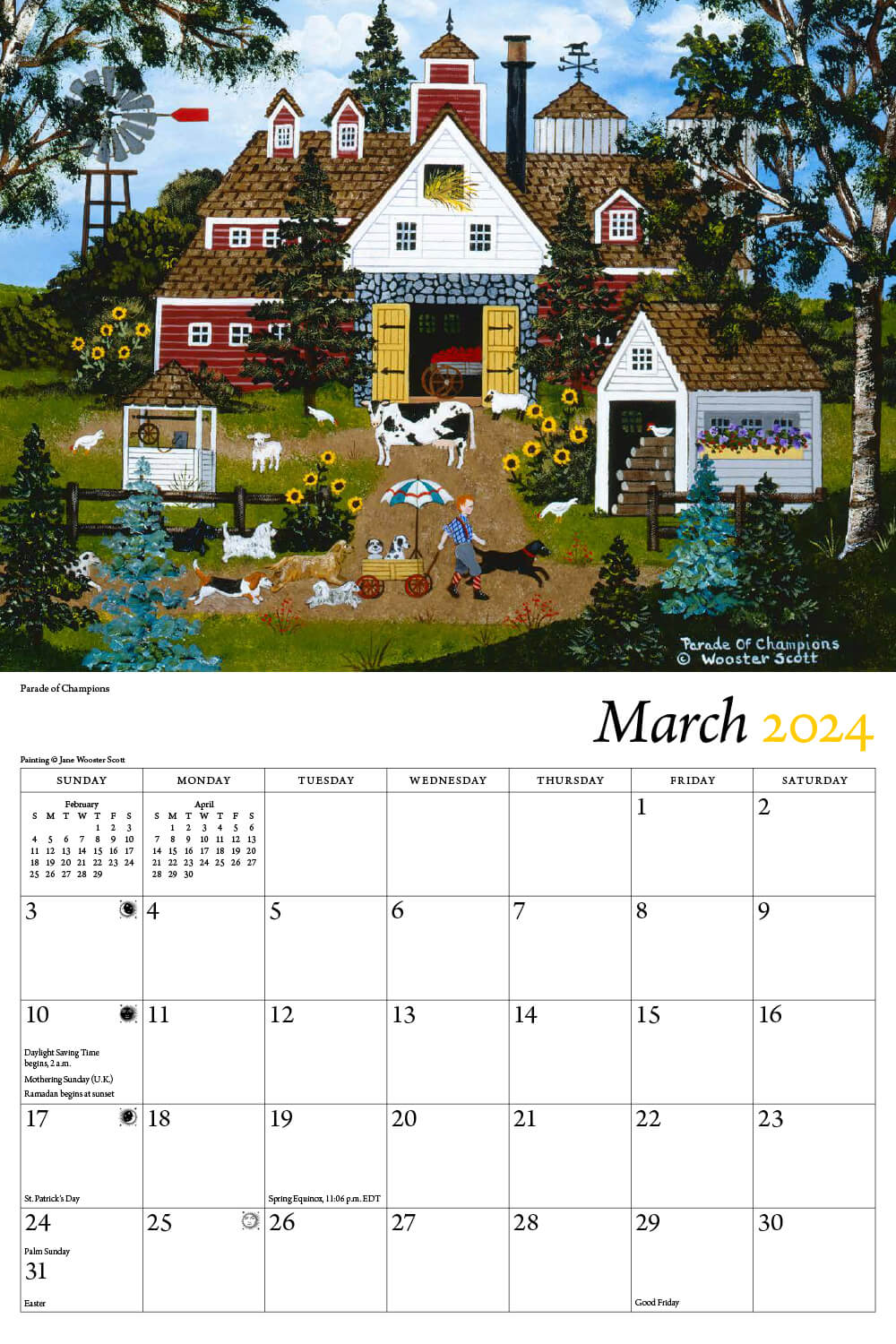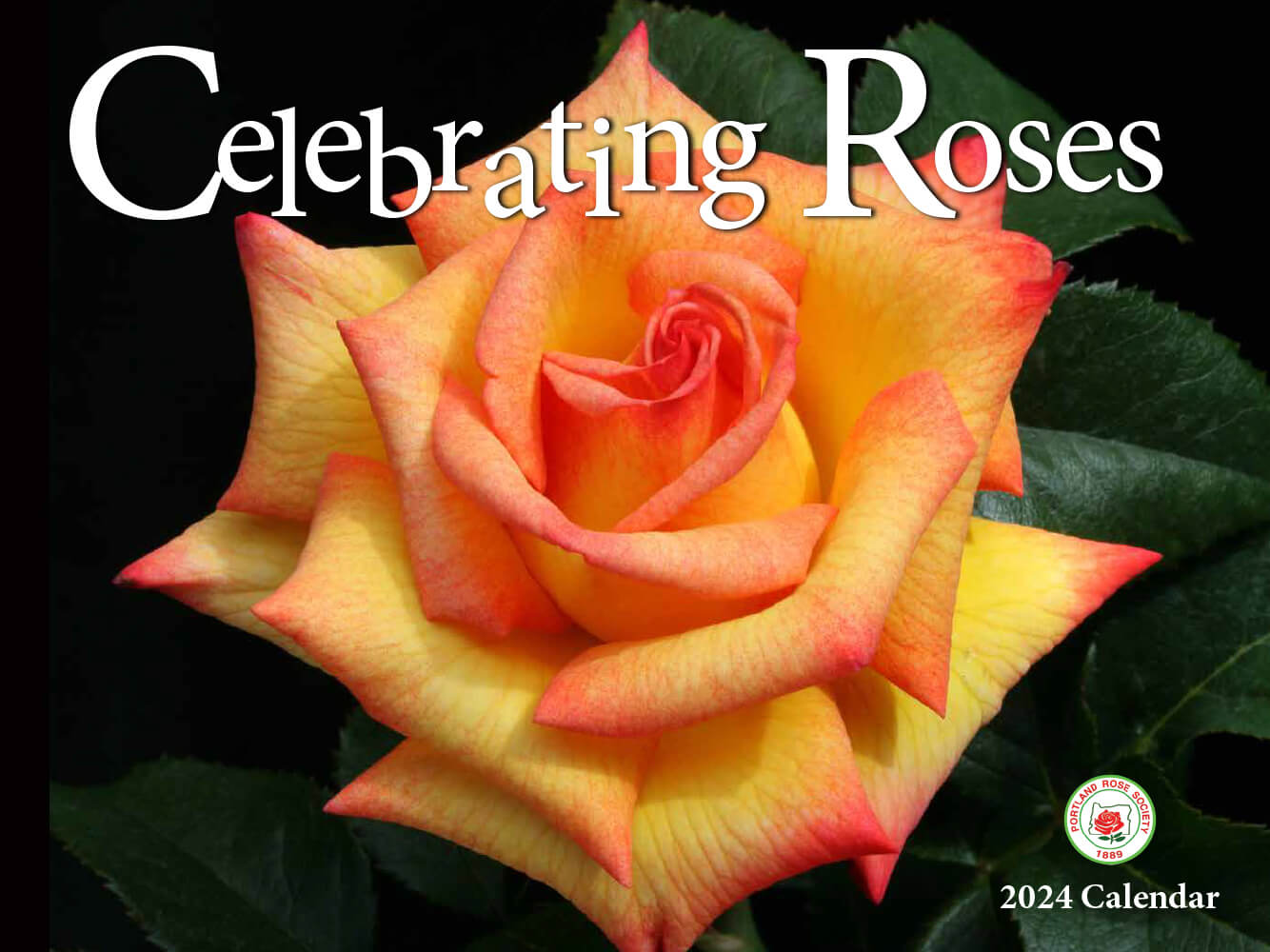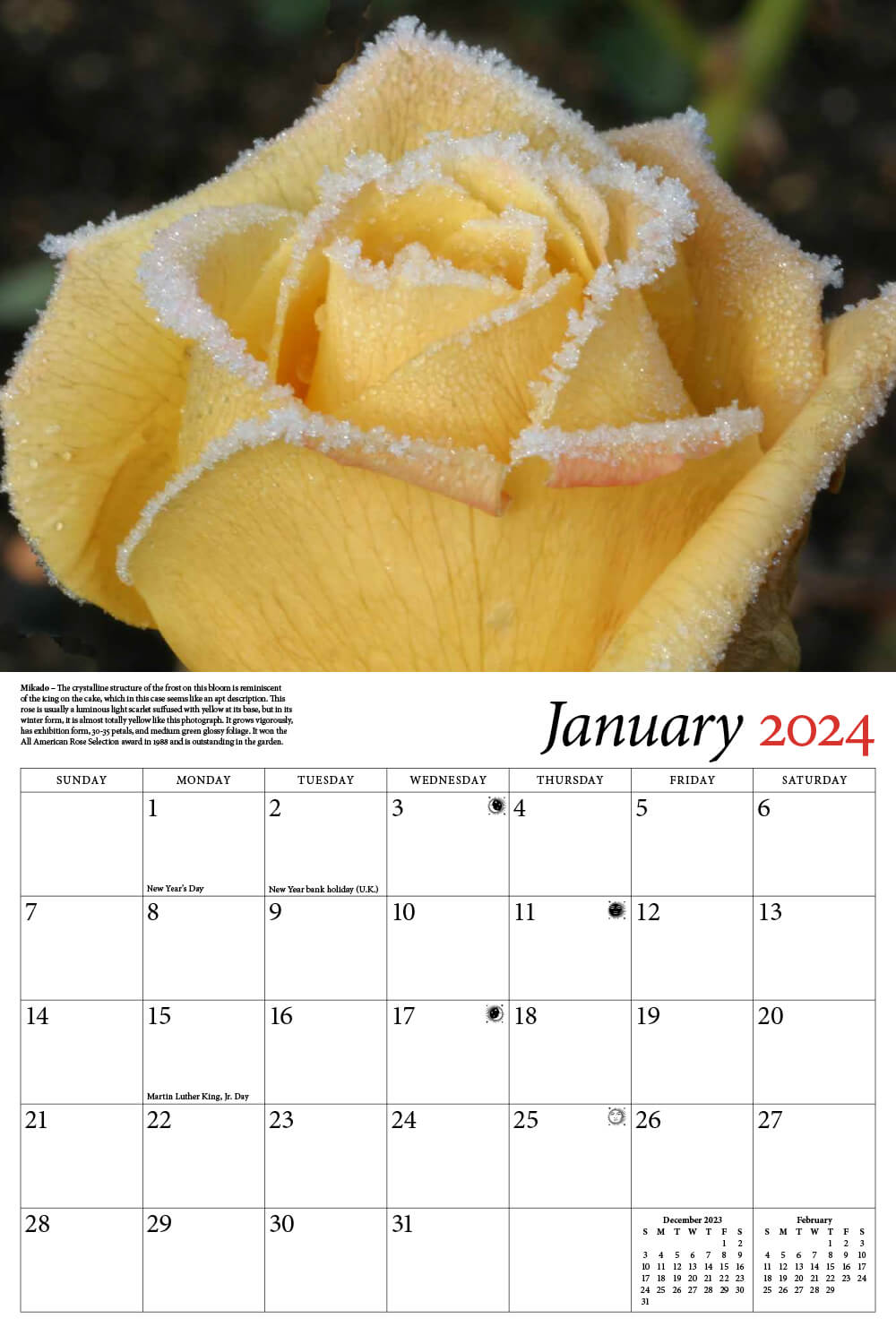New England Seasons invites you to share a year in our classic corner of America: a blanket of snow transforms the character of Salisbury beach in Massachusetts, Atlantic waves crash against the rocky Narragansett coast in Rhode Island, brilliant autumn color blankets the shoulders of Table Mountain in New Hampshire, and a “tree” of Maine lobster pot bouys lights the way to a New Year! Be a part of every season in 24 full-color images.
This 2024 monthly wall calendar features: Large blocks for notes | Superb printing quality | Heavy 100-pound paper | Deluxe 11- by 14-inch size
New England places featured in this edition include:
NE Seasons 2024
Metadata
January
≈ Winter offers a respite from the crowds at Salisbury Beach State Reservation in Salisbury, Massachusetts. The expansive beach, which extends from the mouth of the Merrimack River to the New Hampshire border, is the usual attraction, but winter curbs enthusiasm for bathing in the Atlantic Ocean. Sometimes just listening to the ocean is its own reward.
≈ The sun breaks through the snow-draped limbs of the maritime forest (inset) on Cape Cod in Sandwich, Massachusetts.
February
≈ Snow and clouds top Mount Mansfield seen from Fletcher, Vermont. The tallest peak in the Green Mountain state at 4,395 feet, Mansfield is a focus of recreation throughout the year, but especially for winter skiing at the Stowe Mountain Resort.
≈ Snow blankets the spruce forest in Walden, Vermont (inset) where lumbering has long played an economic role. In 1877, however, Stephen Meader established a feather-duster shop that produced 600 dozen turkey feather dusters annually, the largest maker in the state.
March
≈ The scenic Jackson Village Covered Bridge crosses the Ellis River at the Wentworth Golf Club in Jackson, New Hampshire. The white tees on the 479-yard 9th hole are adjacent to the bridge, which provides a crossing to the fairway after your drive.
≈ Birders, boaters, and fisherman are drawn to the Pontook Reservoir (inset), a 379-acre impoundment on the Adroscoggin River in Dummer, New Hampshire. The reservoir was created when the river was dammed to generate hydroelectric power. The facility, owned by Brookfield Renewable U.S., produces 11 megawatts of electricity.
April
≈ Sunrise at Sapowet Marsh Wildlife Management Area in Tiverton, Rhode Island awakens a host of birds which occupy the 138-acre tidal salt marsh that empties into the Sakonnet River. The marsh is home to the Saltmarsh Sharp-tailed Sparrow, along with American Woodcock, Ring-necked Pheasant and a variety of migratory passerines.
≈ These entrance gates (inset) open to the tree-lined drive at the “The Orchard,” a Gilded Age “cottage” in Newport, Rhode Island. The house was built in 1871 after the design of an 18th century Swiss country house. It boasts the largest private swimming pool in Rhode Island.
May
≈ Surrounded by blossoming spring flowers, this building in Watertown, Connecticut is a fine example of Greek Revival architecture that was popular during the first half of the 19th century. Seeking a more “democratic” approach to design after the War of 1812, architects found inspiration in the classical Greek Parthenon. As in this example, typical features include a triangular pediment finished with flush boards and a window above a broad entablature which is supported by wide pilasters on the corners of the building. Pilasters take the place of real columns, as do the decorative lintels above the windows and doors that would be necessary in a stone building.
≈ Spring is underway (inset) in Middlefield, Connecticut, one of the last towns established (1866) by the state. Today the town is known as the home of Lyman Orchards established in 1741, where, in addition to all-things apple, you can play golf on one of two 18-hole courses designed respectively by Robert Trent Jones, Sr. and Gary Player.
June
≈ Blooming lilacs frame historic (1896) Popham Chapel on Atkins Bay at the mouth of the Kennebec River in Phippsburg, Maine, the site of the first attempted English settlement in New England in 1607. The colonists built the first ship, Virginia, in the New World, but failing to find gold, or the Northwest Passage, in 1608 they sailed for England.
≈ This grassy field of bright, spring dandelions (inset) would have looked delicious to the herds of sheep in Farmington, Maine at its incorporation in 1794. The town was among the largest wool producers in New England and a regional center of manufacturing and trade.
July
≈ The fine beaches in Narragansett, Rhode Island have attracted summer people to the town for decades, and they continue to arrive each year. Between 1880 and 1900 a group of Shingle Style houses were built along Ocean Road by noted architects including McKim, Mead & White and William Gibbons Preston. Their owners continue to enjoy wonderful ocean views.
≈ Fogland Beach (inset) is located on the Sakonnet River in Tiverton, Rhode Island, The town-operated public beach is a favorite location for windsurfing and kayaking.
August
≈ First light at Mystic Seaport Maritime Museum, in Mystic, Connecticut reveals the masts and rigging of the Joseph Conrad, and the Charles W. Morgan, ships in the collection of the largest maritime museum in America. The Mystic Seaport Light built in 1966 is a replica of the 1901 Brant Point Light. Videos available inside the light tell the story of American lighthouses.
≈ This bucolic corn field (inset) is in Thompson, Connecticut which is located at the very corner of the state. The town is home to the Thompson Speedway Motorsports Park. Once known as the “Indianapolis of the East,” the oval track was the first asphalt-paved racing course in America.
September
≈ There is no denying the visual appeal that fall brings Reading, Vermont. Still, there are fewer people living here now than in 1790, but there may be more cows. The Jenne Farm is wildly popular among art directors who have featured it on magazine covers, dare we mention calendars, and it even played a role in the film Forrest Gump.
≈ Agriculture has been an essential part of the economy in Townshend, Vermont (inset) since the first English settlers arrived in 1761. Today the rewards of Sugar maple trees include their brilliant fall color and the delicious rewards their taps deliver each spring.
October
≈ Table Mountain in Albany, New Hampshire is one of the peaks in White Mountain National Forest rising to a height of 2,610 feet. In addition to fall color, a moderately demanding two-mile hike on Attitash Trail offers rewarding views of Mount Chocorua and peaks along the Kancamagus Highway.
≈ Red Maples in fall regalia (inset) rim Lower Baker Pond in Orford, New Hampshire. Upper and Lower Baker Ponds are connected by Pond Brook and lie at the headwaters of the Pemigewasset watershed which flows through the White Mountains and into the Merrimack River.
November
≈ Take a walk in the woods and this is an example of what you may find. Timing is also helpful. Choose a fall day after a dusting of snow but before all the autumn color has fallen. This rocky stream is located in Hawley, Massachusetts.
≈ The southeast view of the Hoosic River Valley (inset) seen from Mount Greylock State Reservation in Adams, Massachusetts. The Hoosic River runs for 76 miles and empties into the Hudson River. Streams in the river’s watershed run from the Berkshire Hills of Massachusetts, the Green Mountains of Vermont and the Taconic Mountains.
December
≈ This illuminated tree of lobster pot bouys suggests that the fisherman in Wells, Maine have had a successful year and are taking December off to celebrate. The harbor in Wells is an engineering feat arranged by the Army Corps of Engineers. From the Atlantic Ocean boaters sail past two parallel stone jetties more than 2,000 feet long that create a harbor entrance that is 400 feet wide.
≈ Rather less creative (inset) than in Wells, the lobster man in Owls Head, Maine whose traps are marked by red and green buoys has taken a casual approach to winter and left his gear in a tangle. Maybe everyone has rushed off to hear a performance of Diversions for Piano and Orchestra composer Benjamin Britten finished writing here at the Owls Head Inn in 1941.
Published by Tide-mark Press © 2023

